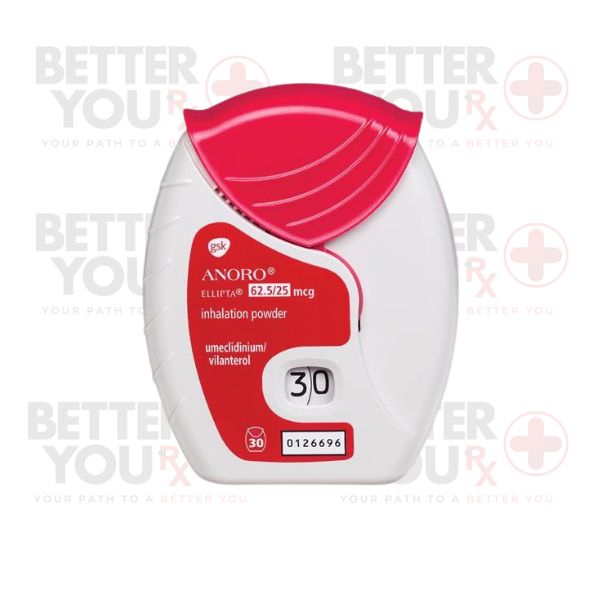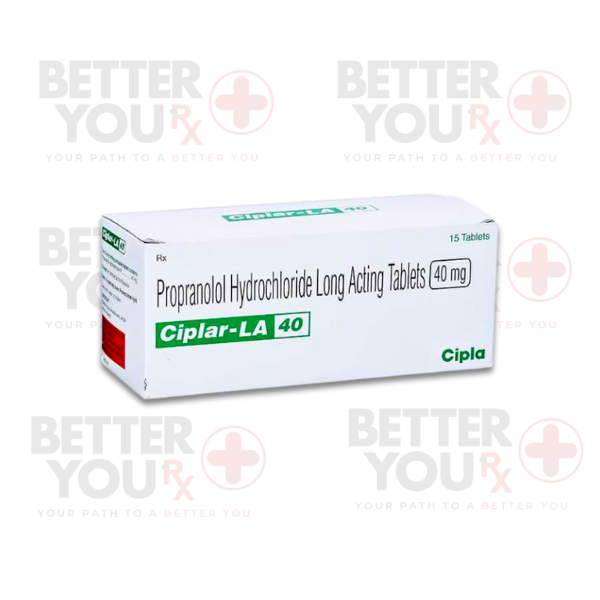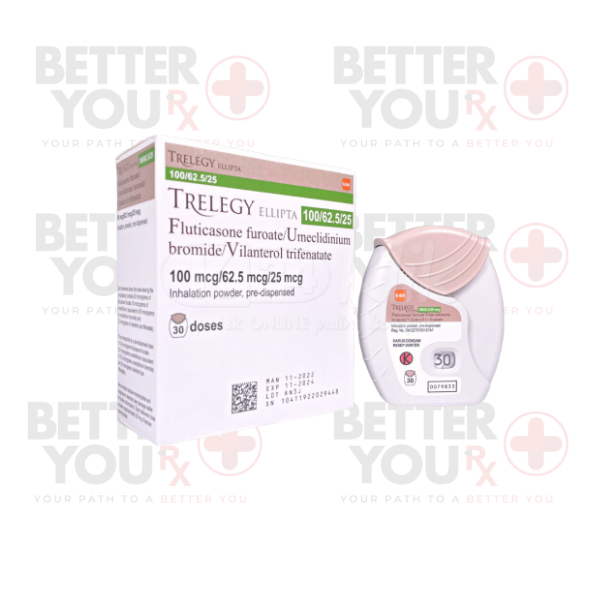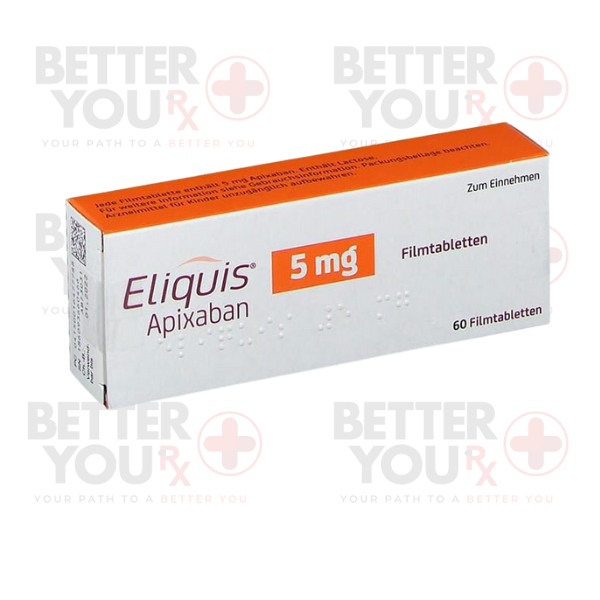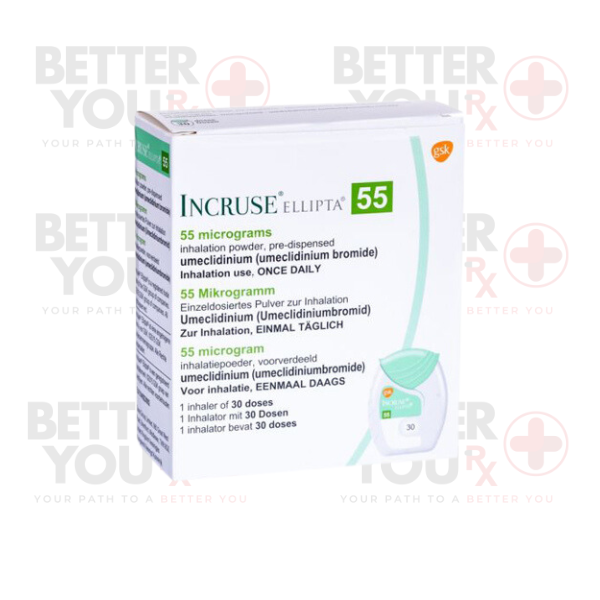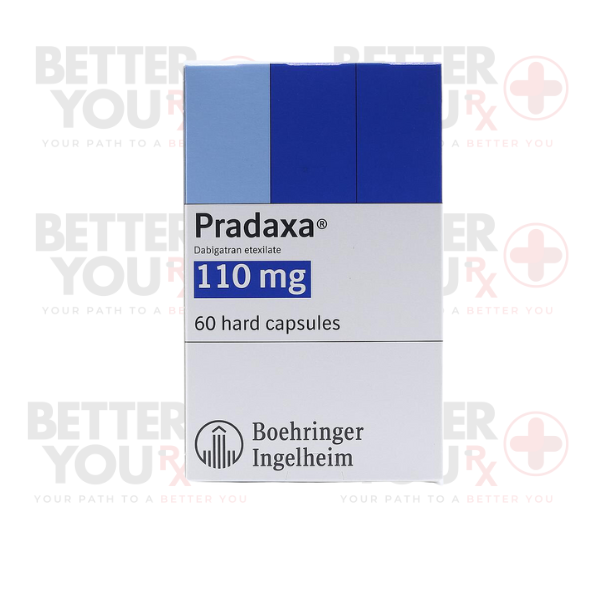| Usage |
Usage
Hydroxychloroquine is available in tablet form for oral administration.
The prescribed dosage varies according to the intended purpose of the medication:
For Malaria Prevention in Adults:
• Typically, two tablets are taken once a week on the same day each week.
• The initial dose is taken 1 to 2 weeks before traveling to a malaria-endemic area.
• Continue taking doses for 8 weeks after potential exposure.
For Acute Malaria Attacks in Adults:
• Four tablets are usually taken immediately.
• Subsequently, take two tablets 6 to 8 hours after the initial dose.
• Then, take two tablets daily for the next 2 days.
For Malaria Prevention or Treatment in Infants and Children:
• The dosage is calculated based on the child's body weight.
• Your doctor will calculate the appropriate amount of hydroxychloroquine for your child.
For Lupus Erythematosus in Adults:
• Typically, one or two tablets are taken once or twice daily.
For Rheumatoid Arthritis in Adults:
• One to three tablets are usually taken once a day.
You can take hydroxychloroquine with a glass of milk or a meal to reduce the likelihood of nausea. It is crucial to carefully follow the instructions on your prescription label, and if there's any part you don't understand, consult your doctor or pharmacist for clarification. Take hydroxychloroquine precisely as prescribed—neither more nor less often than instructed by your healthcare provider.
If you are using hydroxychloroquine to manage rheumatoid arthritis symptoms, you should notice improvements within six months. If your symptoms do not improve or worsen, discontinue the medication and contact your doctor. However, once you and your doctor determine that hydroxychloroquine is effective for your condition, do not discontinue it without consulting your healthcare provider. Stopping the medication may lead to the return of rheumatoid arthritis symptoms.
|
| Side Effects |
Side Effects
Hydroxychloroquine may lead to side effects. It's essential to inform your doctor if you experience any of these symptoms, especially if they are severe or persistent:
• Headache
• Dizziness
• Loss of appetite
• Nausea
• Diarrhea
• Stomach pain
• Vomiting
• Skin rash
However, if you encounter any of the following symptoms, it is crucial to contact your doctor promptly:
• Difficulty reading or seeing (such as missing words, letters, or parts of objects)
• Sensitivity to light
• Blurred distance vision
• Seeing light flashes or streaks
• Difficulty hearing
• Ringing in the ears
• Muscle weakness
• Skin bleeding or bruising
• Hair bleaching or loss
• Mood or mental changes
• Irregular heartbeat
• Drowsiness
• Convulsions
|
| Storage |
Storage
Store this medication in its original container, tightly sealed, and in a location where children cannot access it. Keep it at room temperature, away from excessive heat and moisture, and refrain from storing it in the bathroom.
Unused medications should be disposed of in a manner that prevents pets, children, and others from accidentally ingesting them. Do not flush this medication down the toilet. The recommended method for disposal is through a medicine take-back program. You can inquire about such programs at your local pharmacy or contact your community's garbage/recycling department for information on available options.
It is essential to safeguard all medications from children's access, as many containers, such as weekly pill organizers and those for eye drops, creams, patches, and inhalers, may not be resistant to child tampering and can be easily opened by young children. To prevent accidental poisoning in young children, always secure safety caps and promptly place medications in a secure location – one that is both out of sight and reach.
|
| Precautions |
Precautions
Before initiating hydroxychloroquine treatment, it is vital to communicate the following information to your doctor and pharmacist:
• Any known allergies to hydroxychloroquine, chloroquine (Aralen), primaquine, or other medications.
• A comprehensive list of prescription and over-the-counter drugs you are currently using, with particular attention to medications like acetaminophen (Tylenol, others), digoxin (Lanoxin), iron-containing supplements (including multivitamins), isoniazid (Nydrazid), methotrexate (Rheumatrex), niacin, rifampin (Rifadin, Rimactane), as well as vitamins and herbal products.
• Any history of liver disease, psoriasis, porphyria, blood disorders, G-6-PD deficiency, dermatitis (skin inflammation), or a history of heavy alcohol consumption.
• Previous instances of experiencing changes in vision while taking hydroxychloroquine, chloroquine (Aralen), or primaquine.
• Your pregnancy status, plans to become pregnant, or current breastfeeding status. In case you become pregnant during hydroxychloroquine usage, promptly contact your doctor.
Open and transparent communication about your medical history and current health status is essential to ensure the safe and effective use of hydroxychloroquine. Your healthcare provider will use this information to make informed decisions regarding your treatment.
|


